 After investing huge resources into tackling pirate IPTV platforms as significant as the one
reportedly taken down last week
, a little stagecraft should be as expected when authorities and rightsholders declare victory.
After investing huge resources into tackling pirate IPTV platforms as significant as the one
reportedly taken down last week
, a little stagecraft should be as expected when authorities and rightsholders declare victory.
Information suggests that the blackout impacted supply across Europe and beyond, so a small amount of window-dressing on the number of users affected and profits generated don’t really have a misleading impact. There’s no denying the importance of the operation either; a lot of information was shared by the authorities and while difficult to confirm, in general most things felt coherent and unforced.
As previously highlighted, negatives related to these types of operations usually receive no mention, even when so serious that they
completely undermine statements
made
just hours previously
.
There’s nothing like that following last week’s operation, but it will be a serious concern that end-users whose providers relied on those streams were mostly without service for just 48/72 hours, several sources suggest.
Clearly, users of these services need to be dissuaded.
The Importance of User Attitudes
There are well-publicized efforts to convince users of pirate services that they’re incurring various risks, up to and including being sent to prison.
In Greece right now there are hundreds of news articles (unrelated to the events of last week) reporting on a “landmark” and/or “historic” decision by a local court to send a pirate IPTV
subscriber
to prison for five months. We reviewed a total of 62 of these articles and selected two for illustration purposes within this article
(translated from Greek)
.
Leaving aside that a casual reader might believe the sentence was connected to events last week (
zero action reported in Greece
by Europol), the article is consistent with the majority of dozens of others in claiming a “historical precedent” (first time a user has received a custodial sentence), a “significant shift” in judicial attitudes, and interestingly “a return to the rule of law.”
Common Details in the Majority of Articles
There appears to be no question that the defendant was indeed a pirate IPTV subscriber, but pleading not guilty with the defense outlined below seems quite the long shot. There seems no reasonable basis to criticize the Court’s conclusion that the defense lacked credibility, at least how the case is being reported.
“The judges concluded that the consequences of piracy cannot be considered ‘minor,’ given the enormous damage it causes on multiple levels,” a
report
from Skair.gr reads.
The Skai article is cited on many occasions as the source of this news, likewise a
video news report
from sister company Alpha TV.
Effectively a Single Source For All Articles
Both Skai and AlphaTV news are owned by broadcaster Alpha Satellite Television SA and in their reports, both state that the trial judges rejected the notion that the defendant’s viewing of pirate IPTV streams was anything other than a serious matter.
“According to the evidence presented at the trial, pay-TV piracy causes serious economic and social consequences, such as revenue losses for the Greek State from the non-collection of VAT and tax revenues and the parallel circulation of ‘black money’,” Skai reports.
“It causes damage to Greek society from the loss of jobs and the non-payment of remuneration to creators. And it increases crime as pirate organizations have a clear criminal organization structure with a multitude of parallel criminal crimes. And finally, piracy causes financial disaster for providers from revenue losses and degradation of the quality of services.”
These talking points are well-worn industry standards across the world. The articles state that these claims were provided in evidence, so these aren’t necessarily the words of any or all of the three judges. Yet this is where things start to get interesting.
The Important Details Are Those That Didn’t Get Reported
Let’s start with the basics that any journalist would include in the most mundane of reports. Despite being central to the entire ‘historic decision’ the defendant almost seems irrelevant.
Privacy issues surrounding real names aside, there is no indication whether the defendant is a 29-year-old man from the Athens area, or a grandmother in her sixties from Thessaloniki. Since this was a criminal case, details such as when the investigation began or even when the person was arrested and what for – nada, nothing.
And there’s the Court where the historic decision was handed down, the Athens Court of Appeals for Misdemeanors. If we assume that having “Court of Appeals” in the title means what it says, logically this can’t be the first trial. So when was the first trial, what were the allegations, in which court did it take place, and what was the outcome?
For that matter, on what basis was there an appeal? Did the defendant get found not guilty? If so, when was the announcement and if not, why wasn’t there an announcement in the interests of balanced reporting?
Given the industry standard evidence in respect of the damage caused by IPTV, it should be safe to assume there is an injured party, such as a broadcaster or similar rightsholder.
Who is that party or parties?
Perhaps more to the point, why isn’t that party and all the other major rightsholders in Greece, all over this landmark decision and wringing every last piece of value out of it? Having got a headsup on the historic event, why isn’t a single source mentioned in the initial report?
Why hasn’t any major rightsholder welcomed the decision in public? This is exactly what many have been demanding for the last few years yet now, all of a sudden, nobody wants to own it, celebrate it, or even give it a mention?
Nobody is Going to Prison
Why many reports insist that the anonymous defendant is going to prison is unclear. A source familiar with the Greek legal system informs TF that a five-month sentence would almost certainly be suspended, likely for a period of three years.
Effectively, if the defendant stays on the straight and narrow, no prison time will be served. Interestingly the issue of compensation hasn’t been reported at all, which is very unusual when the entertainment industries are involved. Again, the suspended aspect of the sentence would likely ensure nothing would be paid anyway.
Of course, all of these issues are extremely relevant and could be easily cleared up in a handful of minutes. Instead, a story with no cited source has effectively become the single source of truth without providing any of the important details that might explain why such a long sentence was warranted.
Previous convictions perhaps, or breaching an injunction? Absconded foreigner,
we’ve seen that before
. It’s all guesswork really, unlike the details of another anti-piracy initiative that’s stated on record as actually working.
Cosmote TV / Nova Deal Was a Success
In the summer
we reported
how two of the largest streaming platforms in Greece launched a highly experimental approach to tackling piracy; cheap bundles, to lower the costs for legitimate viewers.
Cosmote TV and Nova signed a new deal designed to provide customers with access to more sports for less money. Starting on August 23, subscribers of one service could get content from the other, for a minimal extra charge. According to a Business in Brief report, that really hit the spot.
The value brought by the summer agreement between Cosmote TV and Nova was pointed out by the CEO of OTE, Kostas Nebis, during the analysts’ briefing on OTE’s figures.
Mr. Nebis emphasized that through the agreement Cosmote TV subscribers increased in the third quarter, with the number of new subscribers setting a new record in September. He estimated that this upward trend will continue until the end of this year, while also in 2025 it will give a boost to the company’s figures.
He noted that the promotional period, during which Cosmote subscribers had free access to Nova’s sports content, ended at the end of October, while at the beginning of this month, the application of the additional charge of €3 on a monthly basis began. Something that will be seen in the group’s revenues, in the figures it will announce in the first quarter of 2025.
Mr. Nebis emphasized that piracy is receding, but many steps still need to be taken. The penetration of legal subscription television in our country is 30%, a much lower percentage compared to the average of European countries.
It’s rumored that Greece will soon begin fining IPTV subscribers €600, payable to the Greek tax office, should they be unlucky enough to have their personal details exposed in the event their supplier gets busted. It’s unlikely that those numbers will be extremely high so perhaps having a prison sentence hanging in the air could prove useful.
Credible sources prepared to go on record are useful too, but the people can’t have everything.
From:
TF
, for the latest news on copyright battles, piracy and more.
chevron_right
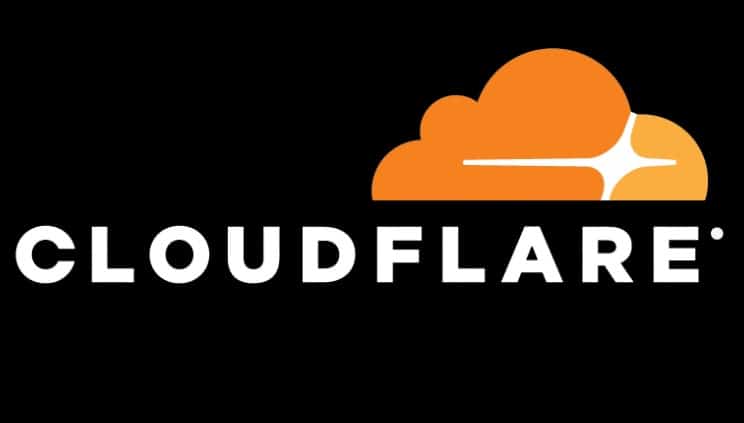 Cloudflare, a global internet infrastructure company, offers various services to millions of users, including connectivity and privacy tools.
Cloudflare, a global internet infrastructure company, offers various services to millions of users, including connectivity and privacy tools.
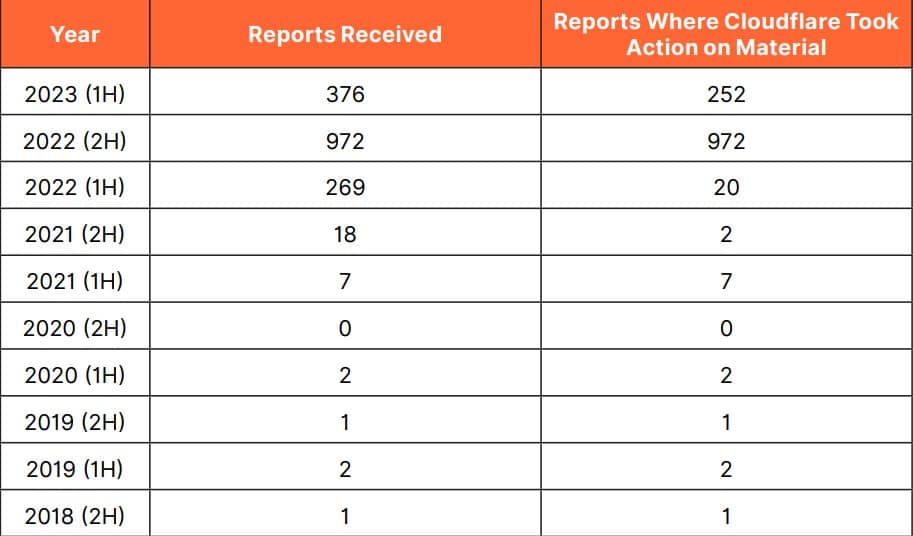
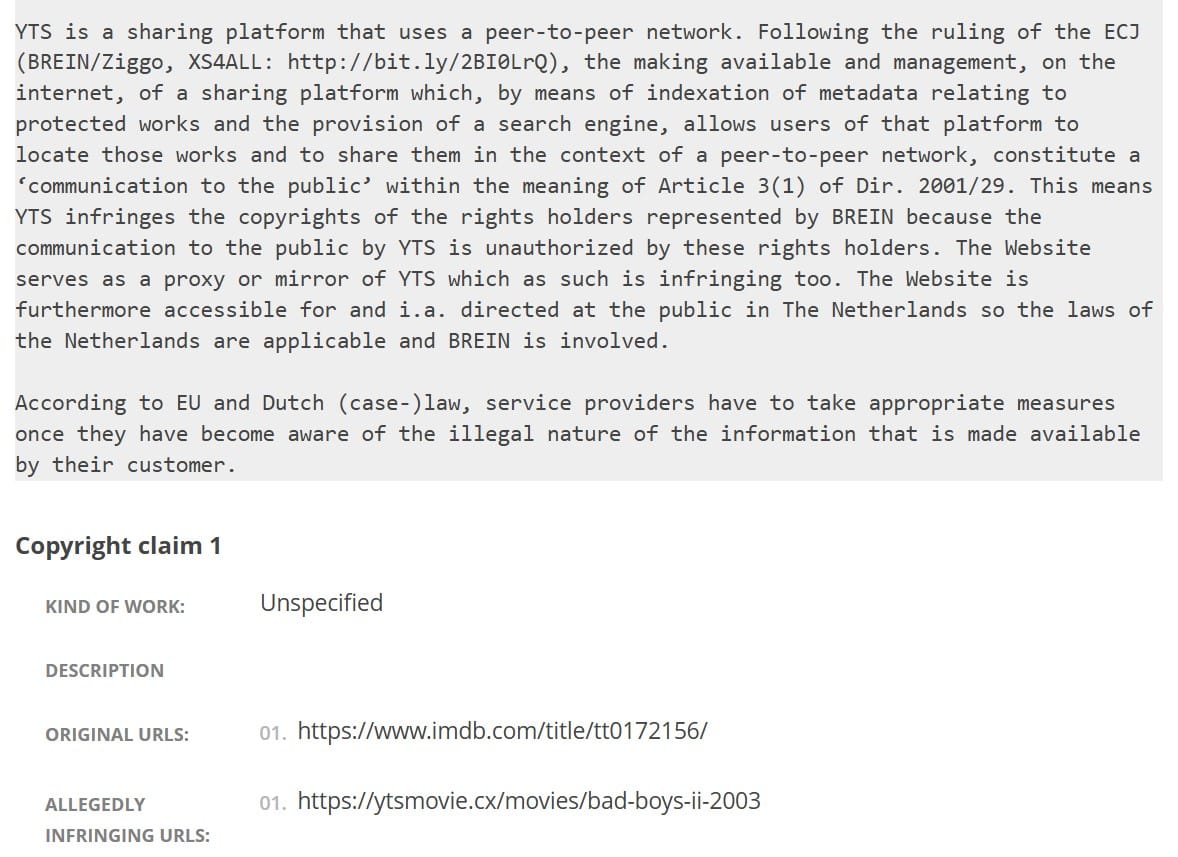


 After investing huge resources into tackling pirate IPTV platforms as significant as the one
After investing huge resources into tackling pirate IPTV platforms as significant as the one


 Over the past several years, Destiny 2 creator
Over the past several years, Destiny 2 creator


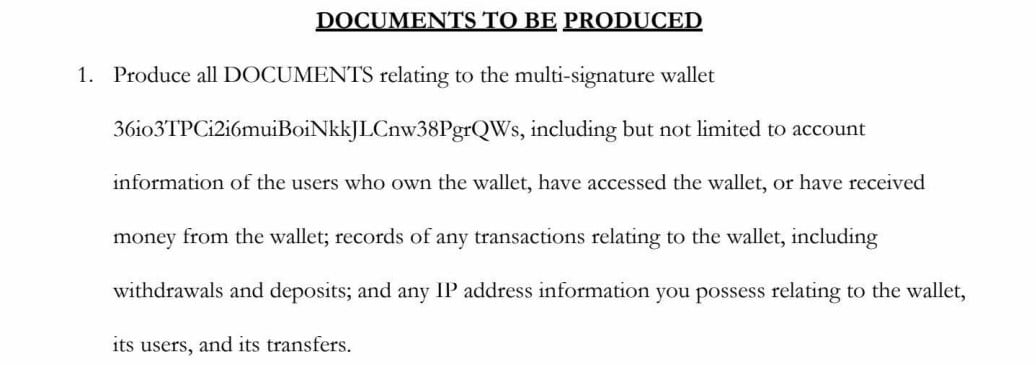
 In August, Homeland Security Investigations (HSI)
In August, Homeland Security Investigations (HSI)



 Apple’s position on obviously infringing movie and TV show streaming apps is that they’re not allowed on the App Store, period.
Apple’s position on obviously infringing movie and TV show streaming apps is that they’re not allowed on the App Store, period.
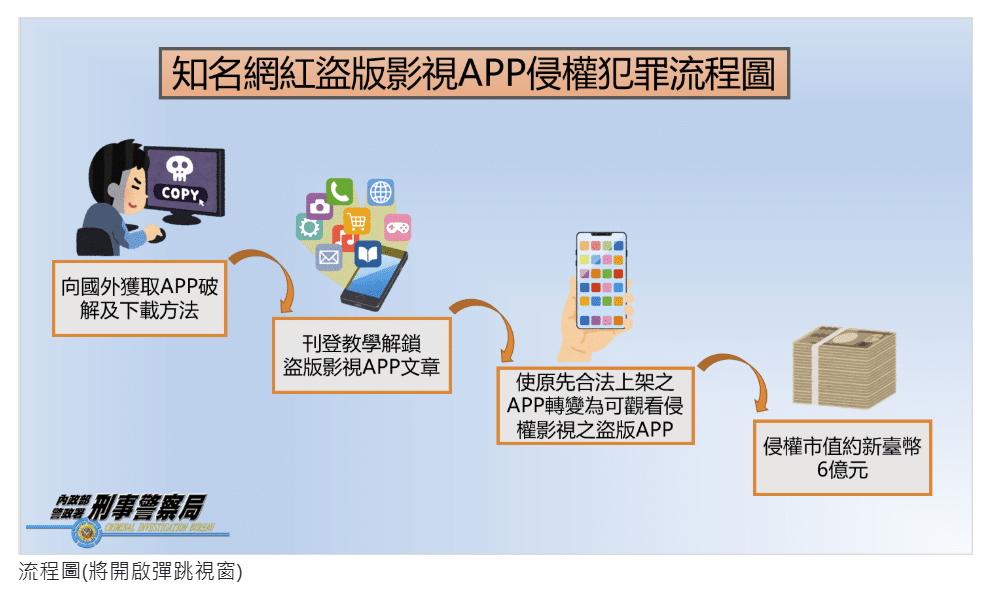
 With the arms race between pirate sites and rightsholders showing no obvious signs of cooling down, the online piracy landscape is becoming increasingly complex.
With the arms race between pirate sites and rightsholders showing no obvious signs of cooling down, the online piracy landscape is becoming increasingly complex.
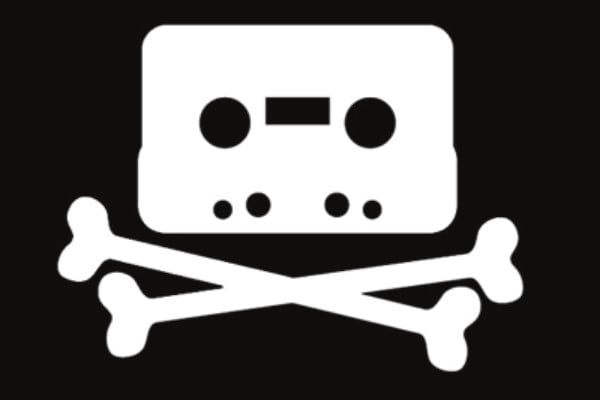 In recent years, music industry groups have become increasingly concerned by tools that allow users to download MP3s from online streaming services, including YouTube.
In recent years, music industry groups have become increasingly concerned by tools that allow users to download MP3s from online streaming services, including YouTube.


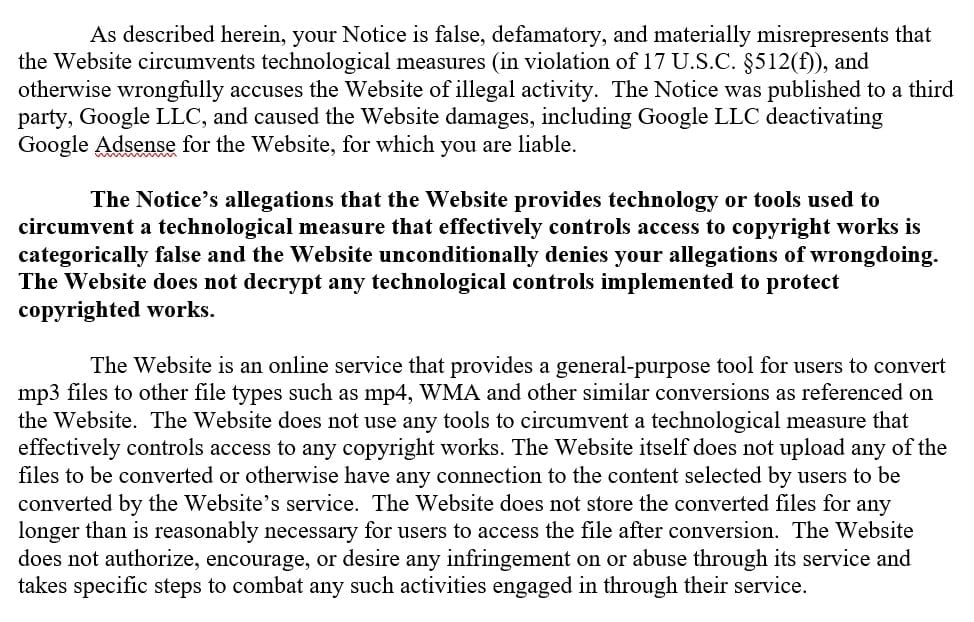
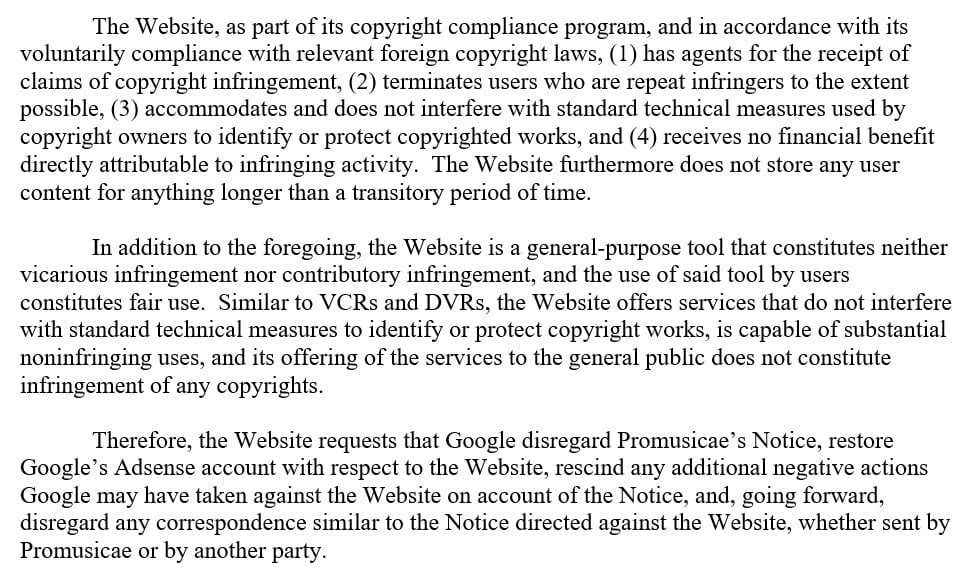
 Those who follow mainstream tabloid media in the UK should be familiar with the risks of online streaming piracy by now.
Those who follow mainstream tabloid media in the UK should be familiar with the risks of online streaming piracy by now.

 In November 2018, DISH Network filed a copyright infringement lawsuit against Jadoo TV and its CEO Sajid Sohail.
In November 2018, DISH Network filed a copyright infringement lawsuit against Jadoo TV and its CEO Sajid Sohail.